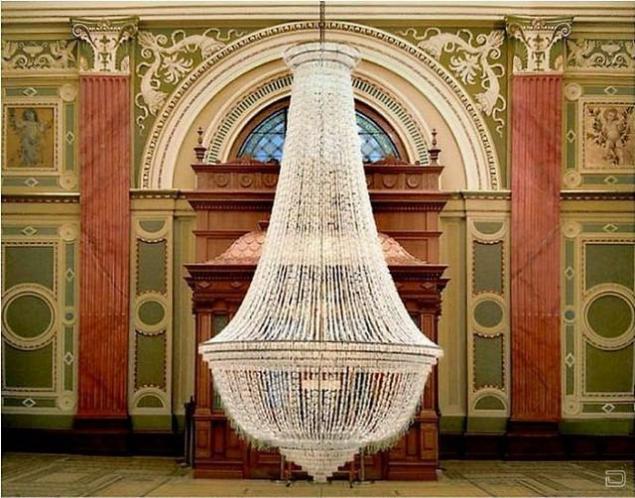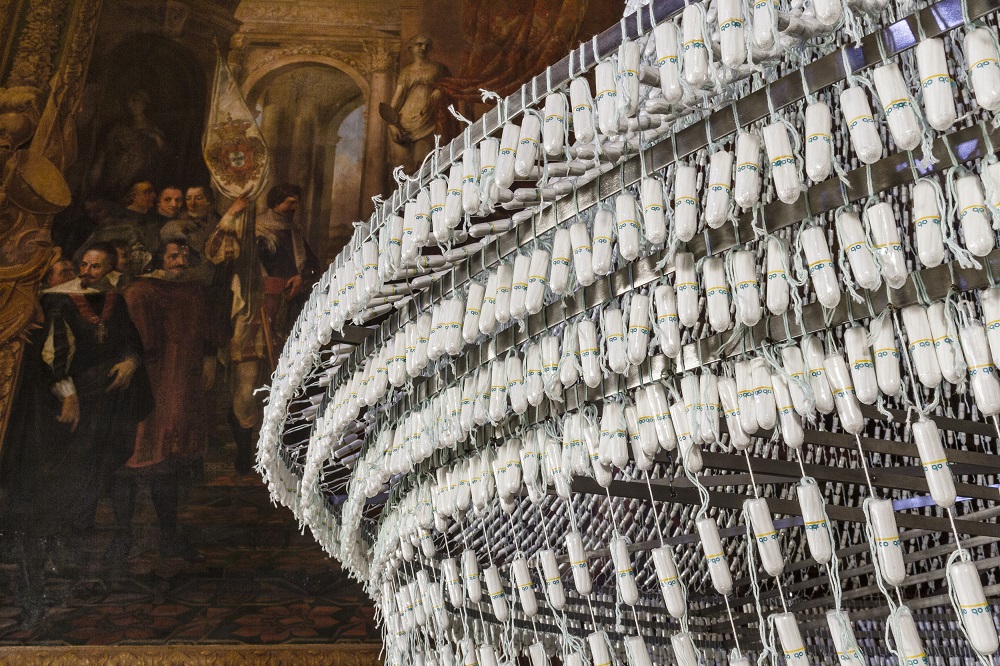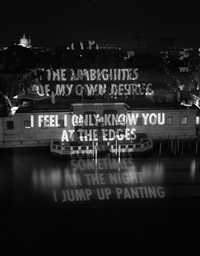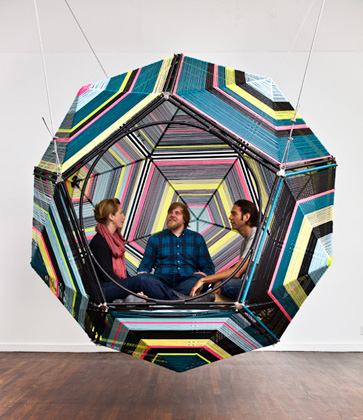
Abbey Luck is a Los Angeles based multidisciplinary artist that uses her background in engineering, fine arts, fabrication, and animation to defy the odds of basic storytelling. Luck uses her art as a narrative to tell people to empathize with the monsters around them and within them.


Abbey Luck wasn’t a natural when she first started drawing. In fourth grade, she used to have drawing contests with her friends and would lose, and in high school her passion for drawing fashion models was underappreciated. She later went to college to study engineering, but thought the study was “gross” and transferred to the College of Santa Fe in New Mexico to pursue her passion for art. After she graduated, the school shut down due to bankruptcy, and she lost her BFA because of it. Despite her time wasted at school, she learned most of what she knows now from practicing on her own time and YouTube tutorials.


Although she isn’t known for any awards, Luck is known for animating Jeff and Some Aliens, TripTank, Pickle and Peanut, and more. She directed short films Elk Grass and The Observer and was the supervising picture editor for The End of Eating Everything. Not only has she helped with films and TV shows, but she is also in the process of writing her own graphic novel, Pig Wife. Currently, there has been no announcement for a release date, or where to buy it when it is available. However, she updates frequently on her instagram with snippets of pages she’s working on (@abbey.luck)


Works Cited:
http://voyagela.com/interview/meet-abbey-luck/
https://www.deviantart.com/abbeyluck























































